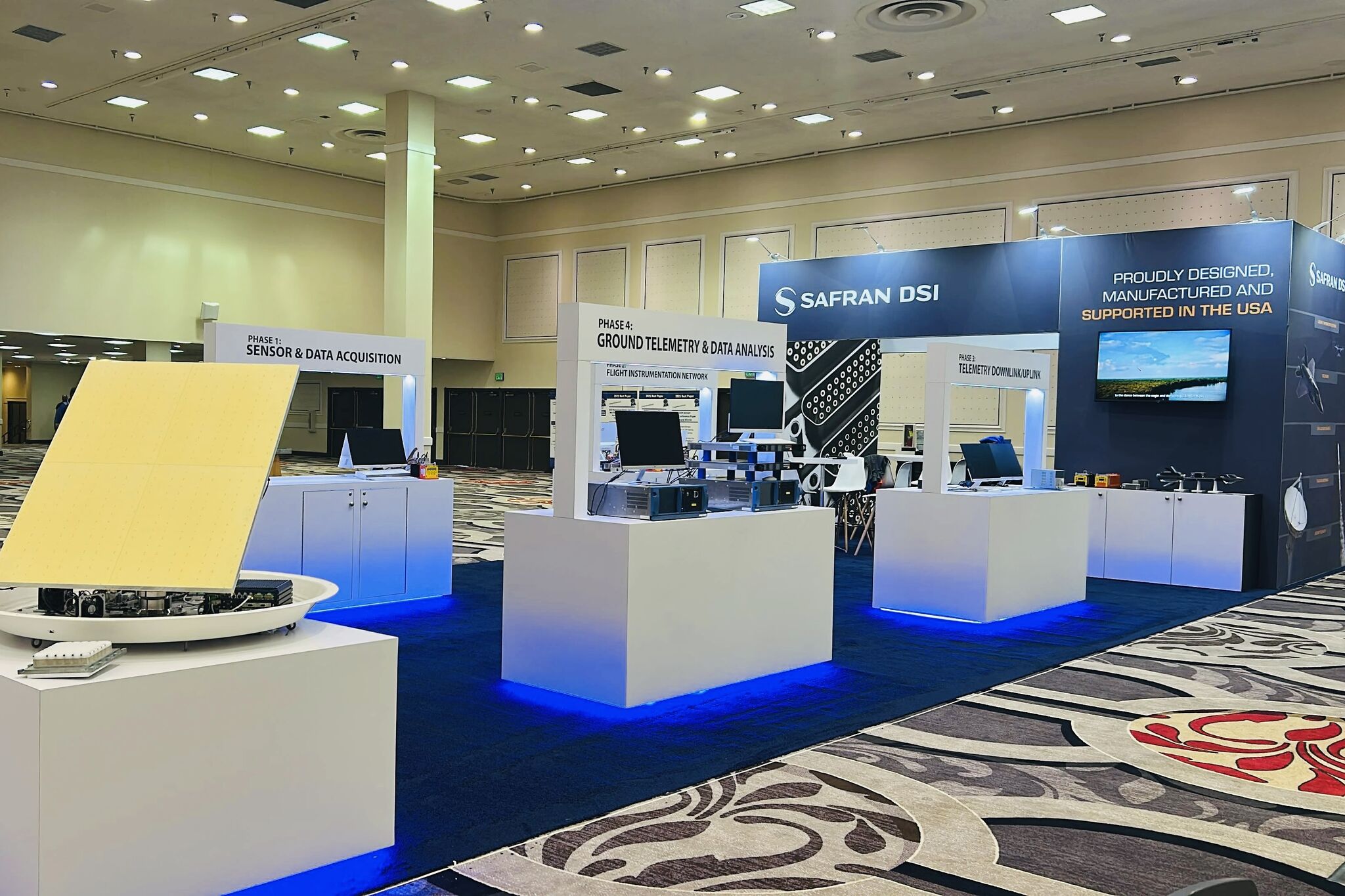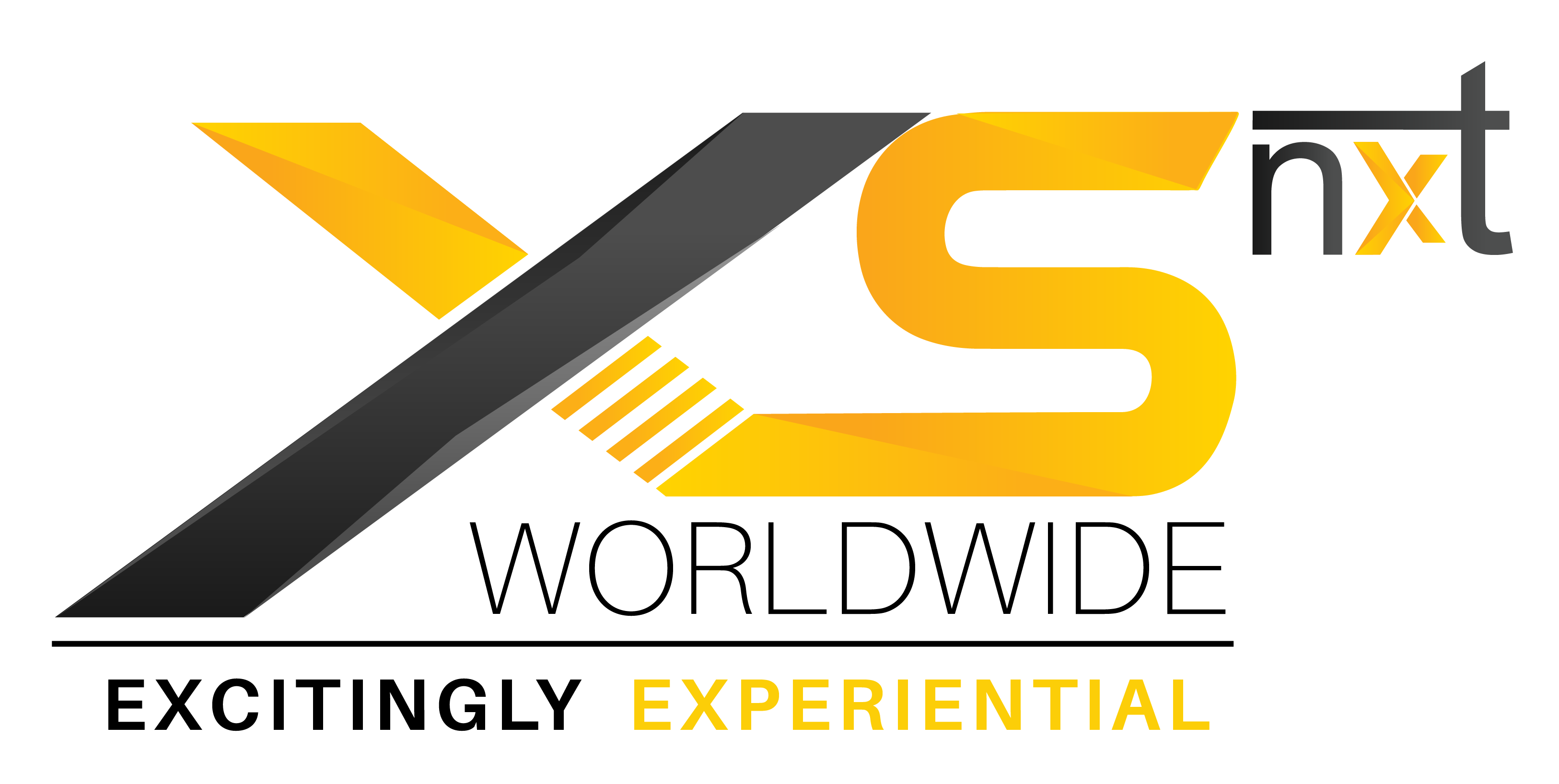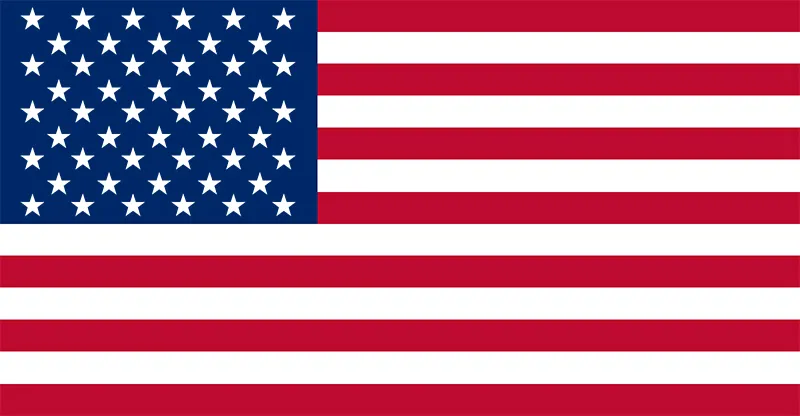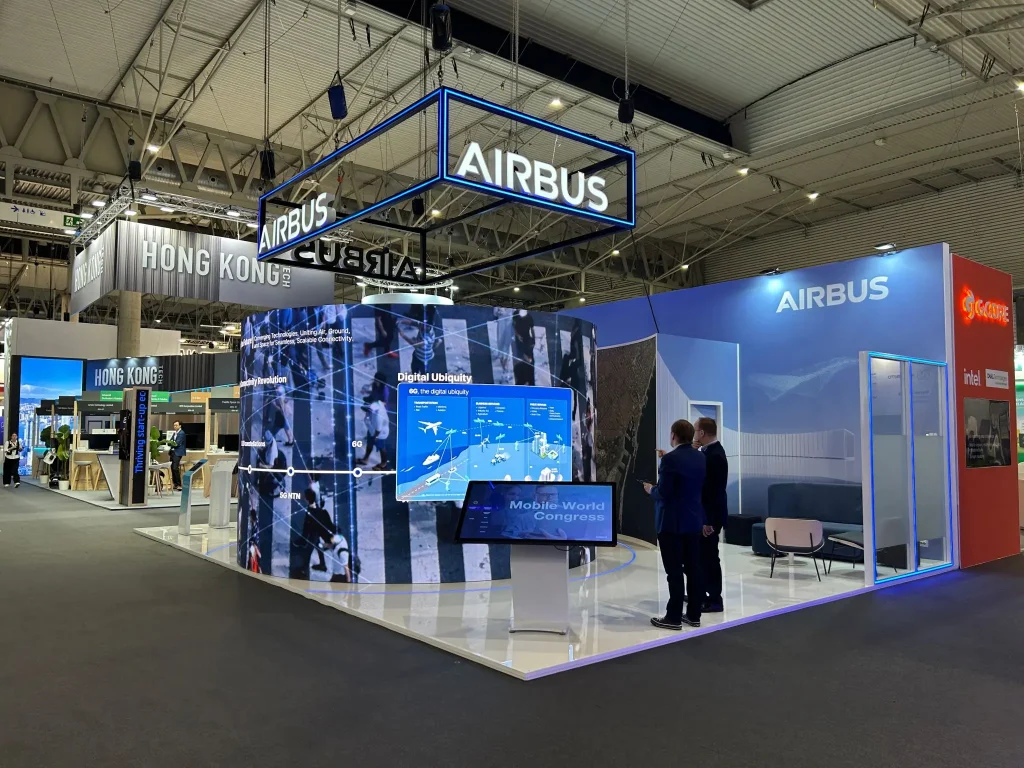
Why is Neuroscience the Next Big Thing in Trade Show Strategy?
Trade shows are fast-paced, high-stimulus environments where attendees make snap judgments about which booths to visit and engage with. UK exhibitors at ExCeL London, NEC Birmingham, and Olympia London are now leveraging neuroscience principles to influence visitor behavior, optimize engagement, and boost lead conversions. By understanding how the brain processes information, makes decisions, and retains brand memories, exhibitors can design booths that trigger immediate and lasting connections.
How Neuroscience is Transforming Trade Show Booth Design?
1. The Role of Dopamine: Creating Reward-Based Engagement
Dopamine, the brain’s “feel-good” neurotransmitter, is released when people experience something exciting or rewarding. Exhibitors can trigger dopamine-driven engagement by:
• Incorporating surprise elements such as unexpected giveaways or exclusive content.
• Gamifying booth interactions with challenges and reward-based experiences.
• Creating moments of anticipation (e.g., timed product reveals or interactive countdowns).
Trade show exhibit design companies are integrating dopamine-triggering engagement zones to keep visitors intrigued and emotionally connected.
2. Cognitive Load Theory: Simplifying Booth Messaging for Better Retention
The brain can only process a limited amount of information at once. If a booth is overwhelming, visitors shut down and move on. Exhibitors applying Cognitive Load Theory optimize engagement by:
• Using clear, minimal text with high-impact visuals.
• Guiding visitors through a structured journey instead of bombarding them with information.
• Breaking up content into bite-sized experiences (e.g., interactive touchpoints rather than one long demo).
Custom exhibit builders are now focusing on “less is more” strategies to enhance cognitive ease and brand recall.
3. The Power of Mirror Neurons: Driving Social Proof & Influence
Humans have mirror neurons that cause them to mimic and adopt behaviors they see in others. Trade show exhibitors can leverage this principle by:
• Creating “bystander effect” engagement zones that attract more people as the crowd grows.
• Using testimonials, influencer appearances, or live social feeds to trigger FOMO (fear of missing out).
• Hosting interactive group demos where visitors subconsciously mirror engaged attendees.
Trade show booth builders are designing social proof-driven booth layouts that naturally attract crowds.
4. Sensory Triggers: Engaging the Brain Beyond Sight
The brain processes multi-sensory experiences more deeply than visual-only interactions. Exhibitors applying sensory neuroscience enhance recall and engagement through:
• Haptic (touch-based) product displays that create physical memory links.
• Scent marketing (e.g., a luxury brand using a signature fragrance).
• Rhythmic soundscapes that subconsciously boost focus and engagement.
Exhibition booth builders are integrating multi-sensory design to strengthen brand connections at a neurological level.
5. The Peak-End Rule: Designing for Memorable Exits
Psychologists have found that people remember experiences based on their peak (most intense moment) and the end. Exhibitors can engineer lasting impressions by:
• Delivering a strong, emotional peak experience (e.g., an immersive VR moment or unexpected gift).
• Ending interactions with a powerful, personal touch, such as a handwritten note, an exclusive digital resource, or a VIP invite.
• Ensuring seamless, positive departures with well-designed exit paths and lead capture points.
Custom trade show booth builders now focus on peak-end strategies to maximize post-event brand recall.
The Future of Neuroscience in Trade Show Booths:
Advancements in neuromarketing, real-time brainwave tracking, and biometric emotional analysis will allow exhibitors to fine-tune booth designs based on actual neurological responses. UK exhibitors embracing brain science in trade show engagement will outperform competitors in brand impact and lead conversion.
Conclusion: Trade Show Success Starts in the Brain
By using neuroscientific principles like dopamine activation, cognitive ease, and sensory engagement, UK exhibitors can design trade show booths that captivate, persuade, and remain unforgettable.
Is Your Trade Show Booth Designed for the Human Brain?
Partner with a leading trade show exhibit design company to apply neuroscience-backed strategies that drive deeper visitor engagement and higher ROI.


 Global
Global USA
USA

